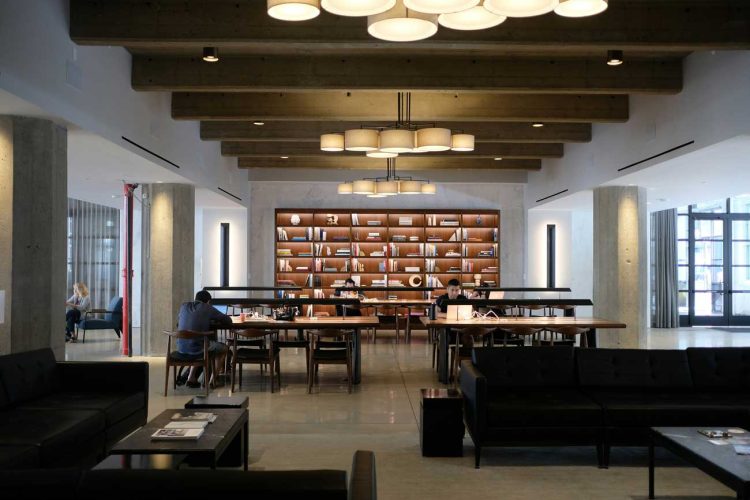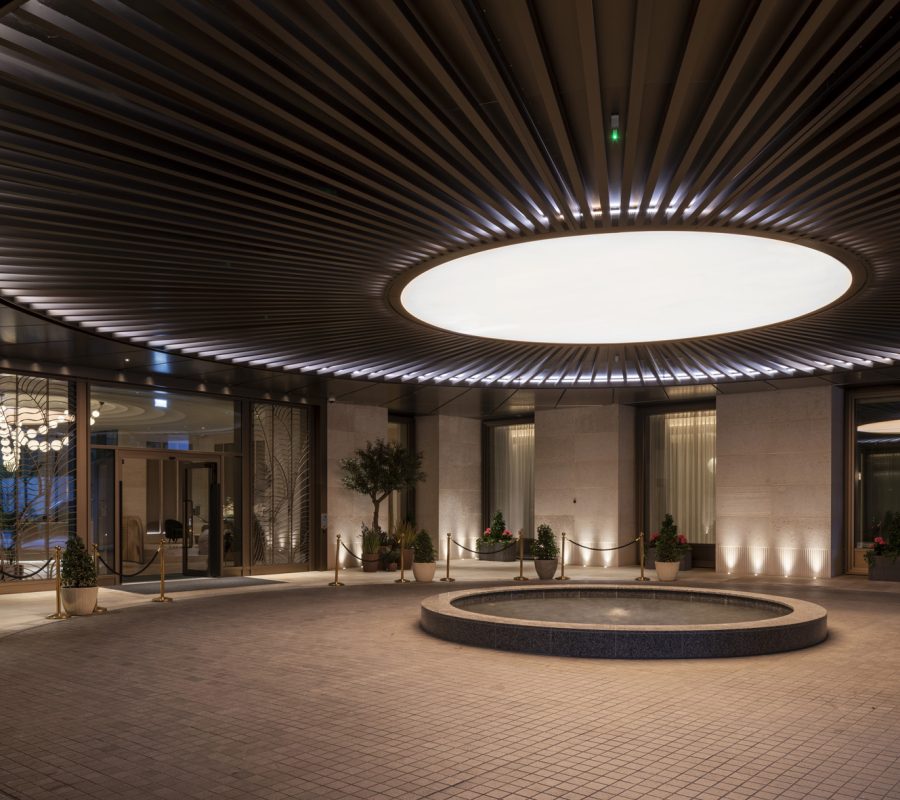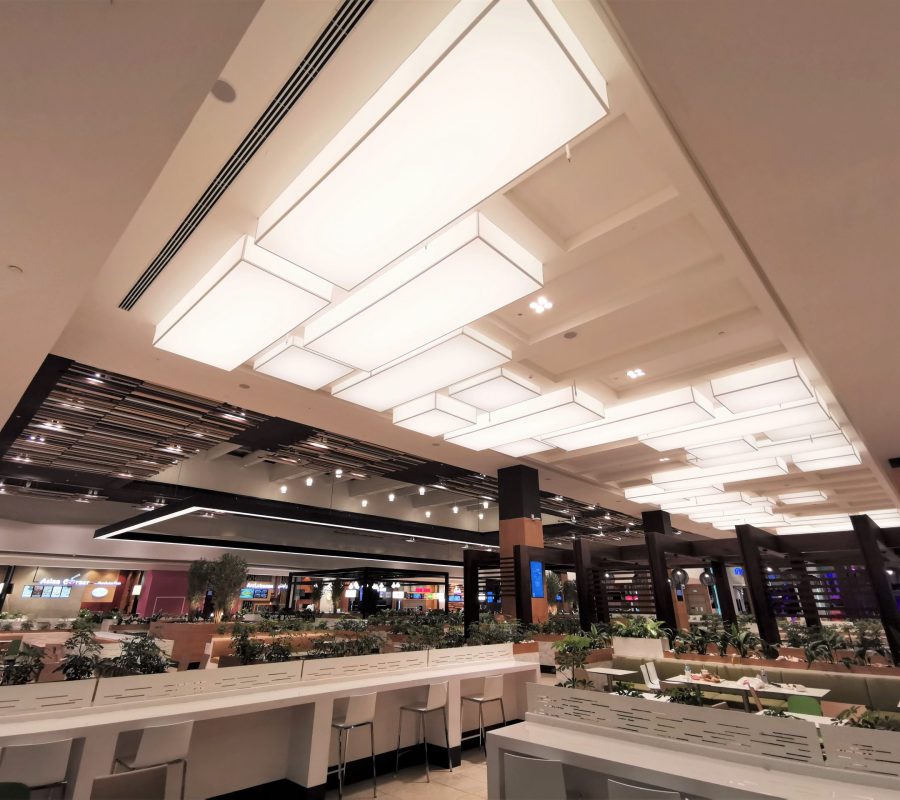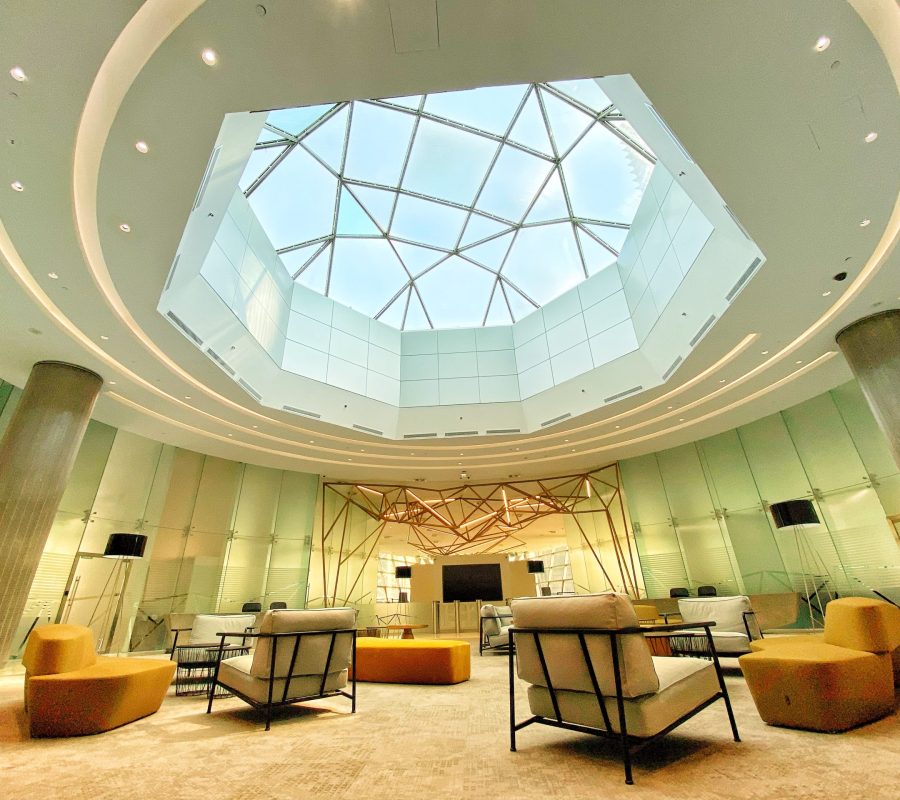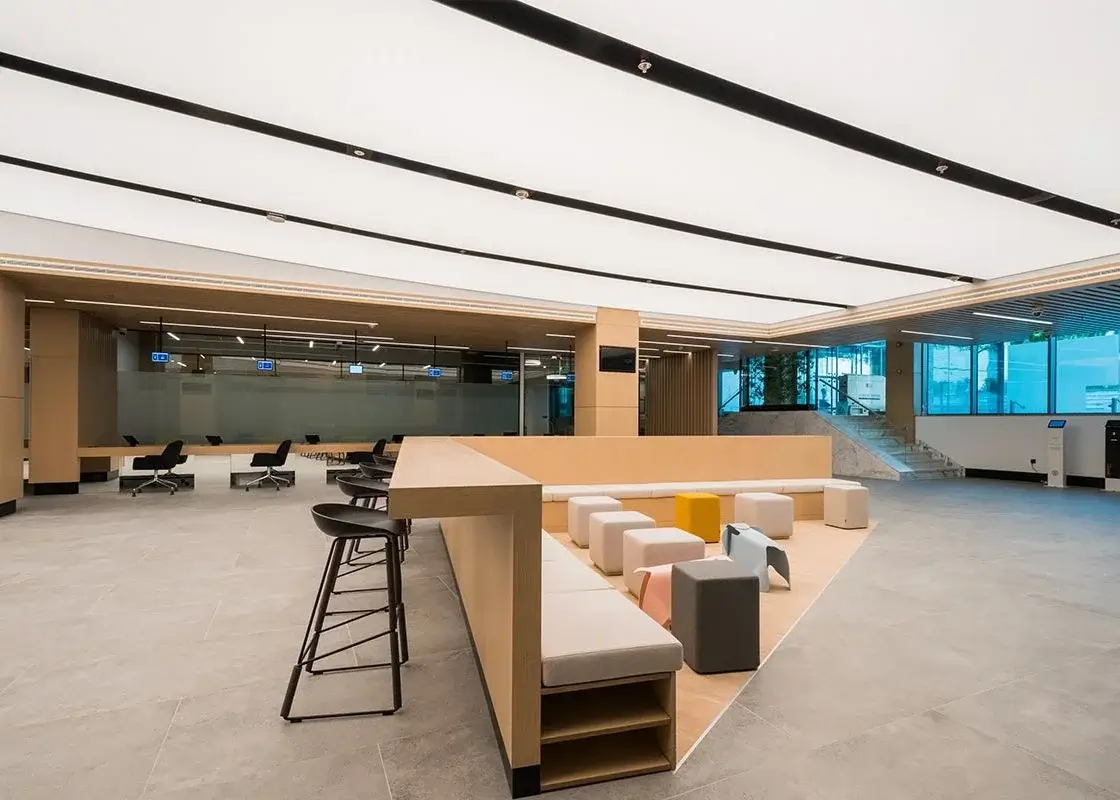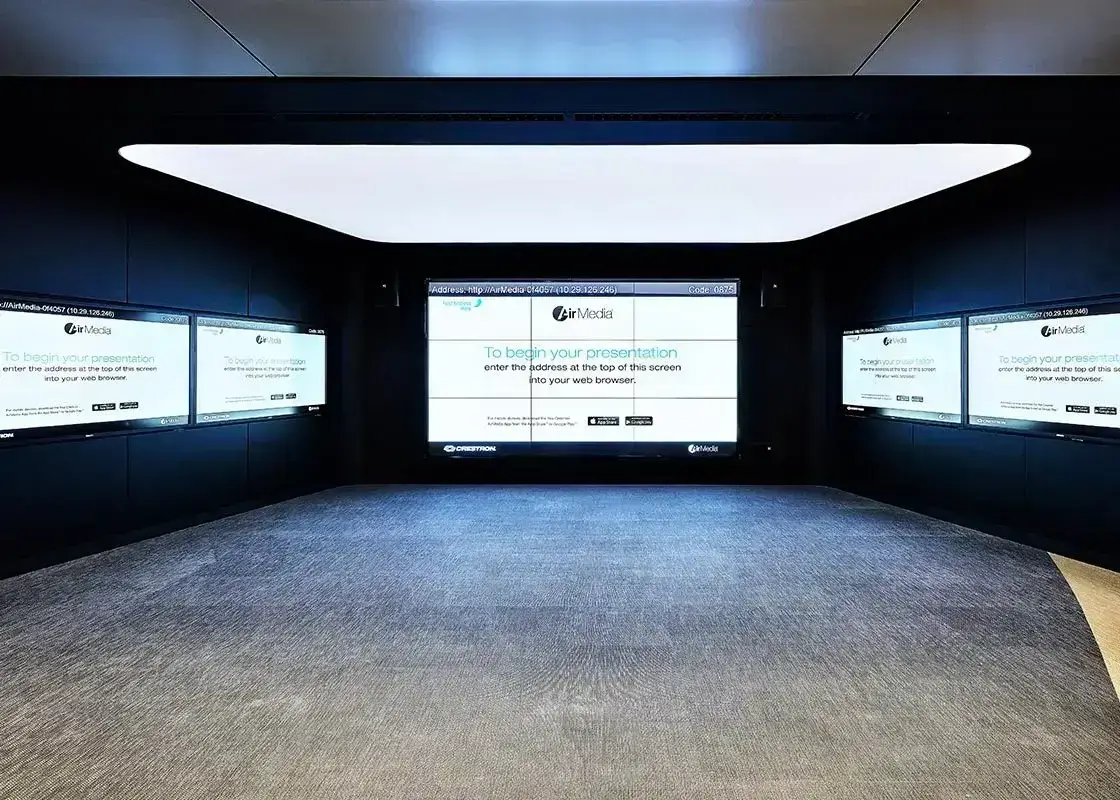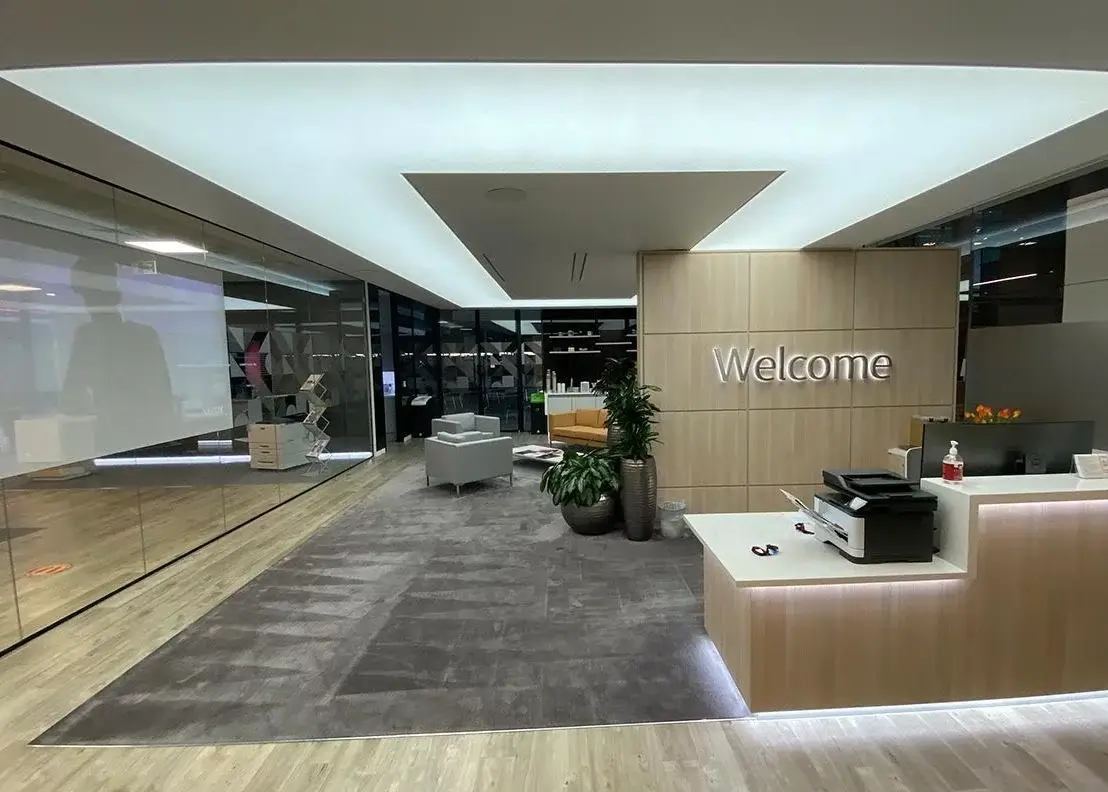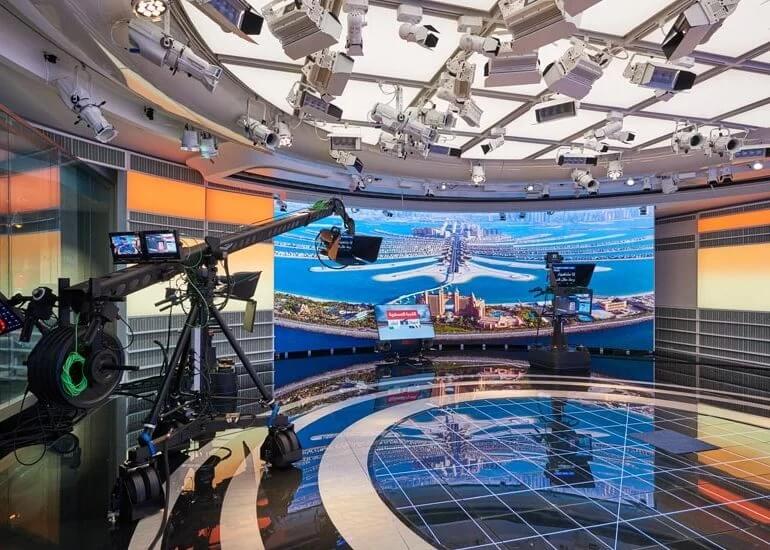Education
ENERGY-EFFICIENT LIGHTING SOLUTIONS FOR SCHOOLS
More and more, schools are realising the importance of minimising their environmental impact and operational expenses through the use of energy-efficient lighting.
Not only does efficient lighting improve the classroom environment and reduce energy expenditures, it also helps students succeed and feel better. Modern, energy-efficient lighting solutions can help schools make the most of their premises, but natural light is still crucial for students’ health and concentration. Consider these three important techniques for your school.
LED LIGHTING
When looking for a dependable and efficient lighting solution, Light Emiting Diod or LED lights are the clear winner for schools concerned about their energy bills. Compared to incandescent or fluorescent lights, LEDs have a longer lifespan (up to 25 times) and use 75% less energy. Particularly helpful for schools on a tight budget, this dramatic cut in energy use results in substantial savings on power costs.
LEDs are ideal for classrooms because of their low power consumption and other benefits. Because of their extended lifespan, classrooms experience fewer disruptions and lower maintenance costs as a result of fewer bulb replacements. LEDs emit less heat than older lighting technologies, resulting in less strain on air conditioning systems and ultimately reducing energy use as well.
Because of their variable brightness and colour temperature options, LEDs are also very adaptable. This gives schools the freedom to adjust the lighting to meet individual needs, whether that’s a more subdued, ambient glow in the cafeteria or a more focused light in the classrooms.
SMART LIGHTING CONTROLS
Installing smart lighting controls is another high-tech solution to the problem of school energy consumption. Depending on variables such as occupancy, ambient light levels, and time of day, these systems help optimise the lighting using advanced technology. Smart lighting controls can improve the lighting environment’s usefulness and comfort while drastically reducing energy usage through the integration of sensors, timers, and automation.
Smart lighting systems can be designed to adjust illumination based on factors such as occupancy or consumption trends. Classroom lights can be programmed to automatically brighten during lessons and dim or switch off when the room is empty. This extends the lifespan of light bulbs and eliminates energy waste.
In addition, schools can identify and correct energy inefficiencies using real-time data provided by smart lighting controls combined with building management systems. This data-driven method allows for real-time lighting optimisation, aligning energy consumption with actual needs.
TUNABLE WHITE LIGHTING
Tunable white lighting is an innovative solution that allows schools to adjust the lighting’s colour temperature to suit different activities and times of day. This flexibility is particularly useful in educational settings, where the lighting needs can vary widely throughout the day.
For instance, using cooler, brighter lighting during morning lessons or exams can help students stay alert and focused. Research has shown that exposure to higher colour temperatures, which mimic natural daylight, can improve concentration and cognitive performance. Alternatively, during activities like reading, group discussions, or arts and crafts, warmer, softer lighting can create a more relaxed and comfortable atmosphere.
Tunable white lighting also offers energy efficiency benefits. By adjusting the light output to match the specific needs of each activity, schools can avoid over-illuminating spaces, which not only saves energy but also enhances the comfort of the environment. Additionally, the ability to fine-tune lighting throughout the day helps to create an optimal learning environment, tailored to the natural rhythms and needs of students and staff.
By switching to LED lights, schools have the potential to significantly reduce their energy costs, while making the building more adaptable and comfortable for all users. Occupancy sensors, adjustable white lighting, and other smart lighting solutions will not only bolster the health, happiness, and academic performance of the community but also contribute to a greener future.
